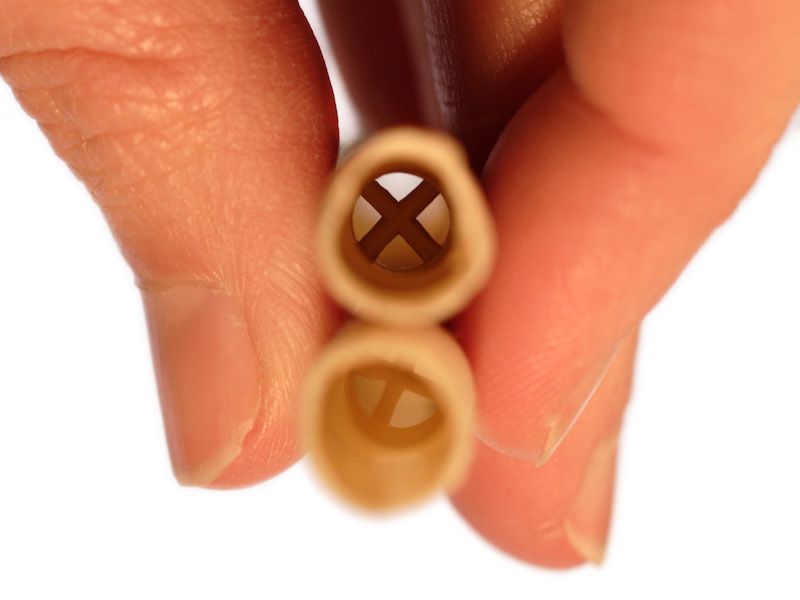
There’s a persistent idea in some circles that a practice called “ear candling” is an effective way to decrease your earwax. Does ear candling work and what is it?
Earwax Candles, do They Work?
Spoiler alert: No. They definitely don’t work.
Why then do normally reasonable people routinely believe in this pseudo-science. That’s a hard question to answer. But the more you discover about earwax candling, including the risks involved, the more likely you can develop an informed decision (even if the rational choice is pretty obvious).
Earwax Candling, What is it?
So the basic setup goes like this: Maybe you have too much earwax and you’re not really certain how to get rid of it. You know you’re not supposed to use cotton swabs (which is good, cotton swabs are not a great way to clean out your ears, in general). So, after doing some study, you discover a technique called earwax candling.
Earwax candling is supposed to work as follows: By jamming a candle into your ear (wick side out), you cause a pressure differential. The wax inside of your ear, then, is pulled outward, towards the freedom of the open world. Any wax that might be clogged up in your ear can, in theory, be pulled out by this amount of pressure. But this hazardous practice is not a good method of cleaning your ears.
Why Isn’t Ear Candling Effective
There are a number of issues with this process, including the fact that the physics just don’t work. It would require a significant amount of pressure to move earwax around and a candle is not capable of producing that kind of pressure. Also, a candle doesn’t have the sort of seal required to sustain pressure.
Now, the candles that they use in these “procedures” are supposed to be special. When you’re finished with your fifteen minutes of ear candling, you can break up the candle and, in the middle, see all bacteria, debris, and wax that had previously been in your ear. The only problem is that the same debris shows up in both burned and unburned candles. So the entire process amounts to fraud.
Scientific analysis has been unable to prove any benefit involving earwax candling.
So we Know Ear Candling Doesn’t Work But is it Dangerous?
So, you may as well give it a shot, right? Well, you’re asking for trouble whenever you get a hot candle near your ears. Look, it’s very possible that you could try ear candling and leave completely unharmed. People do it regularly. But that doesn’t imply there aren’t hazards involved, and it definitely doesn’t imply that ear candling is safe.
Here are a few negative impacts of ear candling:
- Candle wax can also block your ear canal once it cools down. You could wind up temporarily losing your hearing or even needing surgery in extreme cases.
- Any time you’re mucking about with an open flame, there’s a potential that you might cause serious harm and put your life in danger. You wouldn’t want to burn down your house, would you? Eliminating a bit of earwax isn’t worth that kind of risk and danger.
- Your ear can be seriously burned. When melted candle wax goes inside your ear, it can result in extreme hearing issues and burns. This could permanently jeopardize your hearing in the most serious cases.
You Can Clean Your Ears Without Needing a Candle
Most people will never truly need to worry about cleaning earwax from their ears. That’s because your ears are actually pretty good about cleaning themselves! But you might be one of those people who have an unusually heavy earwax production.
If you do need to clean out your ears due to too much wax, there are scientifically-proven (and effective) means to do that properly. For example, you could get a fluid wash. Or you could see a professional who will be capable of using specialized tools to clean the extra wax or wax blockages out.
Cotton swabs are definitely a no-no. And you should also avoid using an open flame to clean out earwax. Earwax candling isn’t effective, and it can create dangers that will put your comfort and your hearing in considerable jeopardy. Try burning candles for their sent or for enjoyment but not as a means to clean your ears.
